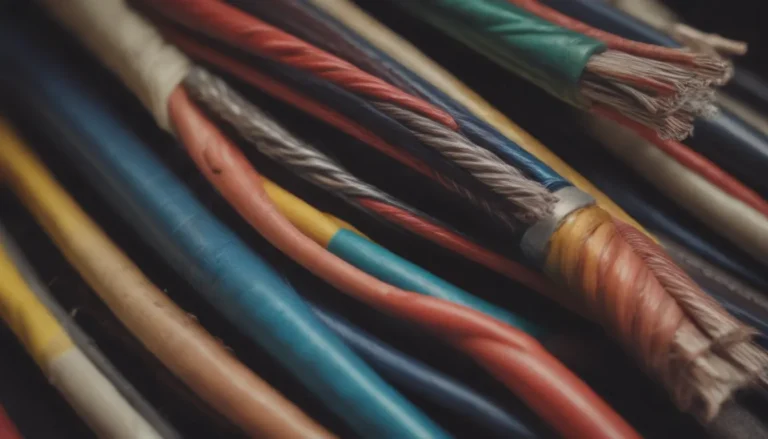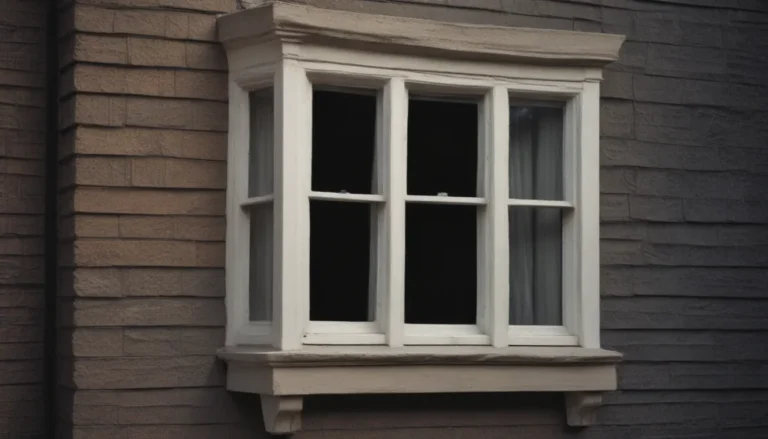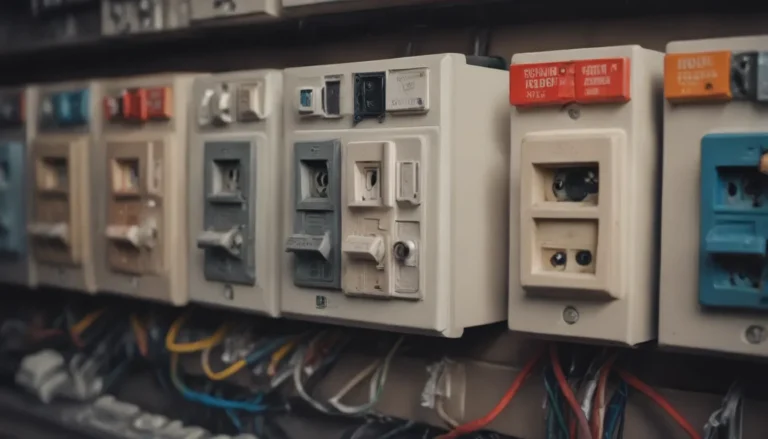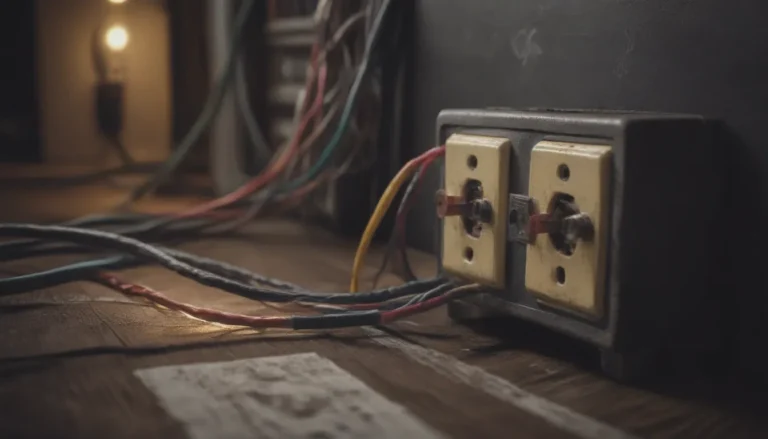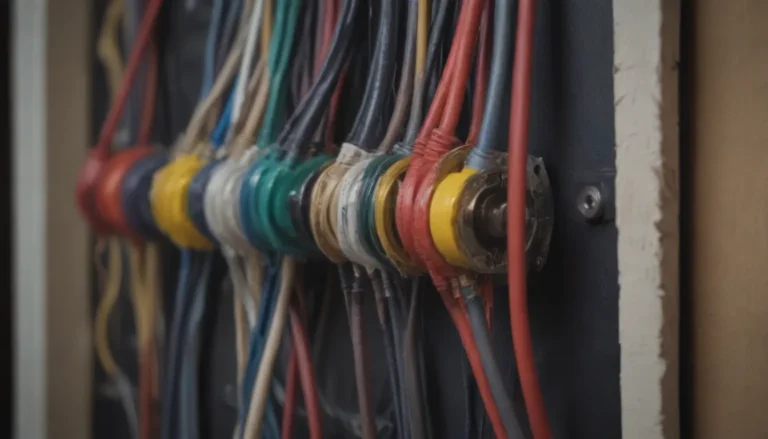The Importance of Drywall Primer: Everything You Need to Know
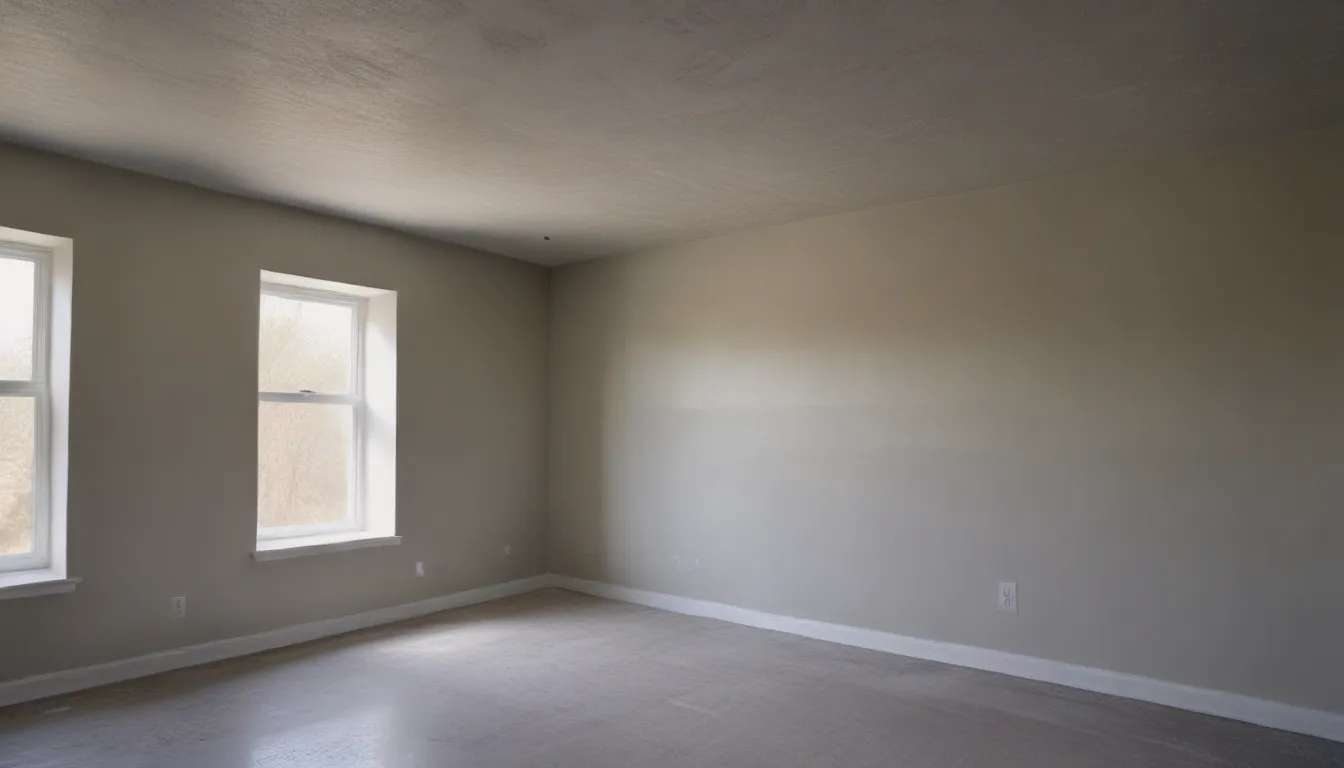
Are you getting ready to paint your walls but wondering if you need to use primer on your drywall first? Whether you’re a seasoned DIYer or just starting out with home improvement projects, understanding the importance of drywall primer can make a big difference in the final result of your painting job. In this comprehensive guide, we’ll dive deep into the world of drywall primer, discussing why it’s necessary, the different types available, how to apply it, and much more.
Why Drywall Primer is Essential
New, unpainted drywall requires priming before painting to ensure a smooth and even finish. Even if your drywall has been previously painted, using a primer can still be beneficial, depending on the condition of the surface. Here’s why drywall primer is essential:
Unpainted Drywall
Unpainted drywall, straight from the factory and recently installed, may not appear to be in poor condition. However, priming it before painting is key to achieving a professional-looking result. Here are some reasons why priming bare drywall is necessary:
- Priming helps cover taped seams and fills fastener holes for a uniform surface.
- It standardizes the variegated color scheme of bare drywall, allowing the paint color to shine without interference.
- Primer equalizes porosity, ensuring the paint adheres uniformly to the surface.
Painted Drywall
Painted drywall may not always require a primer, especially if the surface is clean and in good condition. However, using a primer can be beneficial in the following situations:
- Glossy surfaces may require a primer for better adhesion.
- When changing from a dark paint color to a lighter one, a primer can reduce the number of color coats needed.
Understanding Drywall Primer Types
There are several types of drywall primers available, each serving a specific purpose. Here are the most common types:
Drywall Primer-Sealer
A 100-percent acrylic drywall primer-sealer is recommended for new drywall. These primers come in water-based (latex) and oil-based (alkyd) forms and can be standard sealers or high-build primer-sealers for rough surfaces.
- Standard sealers are suitable for smooth walls, while high-build products fill in rough or uneven finishes.
- Tinting primer-sealers can improve coverage and quality, matching the primer coat to the finish paint color.
PVA Drywall Primers
Polyvinyl acetate (PVA) primers create a synthetic film that effectively seals highly porous drywall paper. They are ideal for porous surfaces like drywall, brick, and stone, improving adhesion for paint application.
- PVA primers grab onto drywall paper better than latex paint and aid in adhesion.
- While PVA primers may cover stains, their primary function is to seal porous surfaces.
Flat Latex Paint
Using flat latex paint as a primer is a cost-effective option for well-finished drywall surfaces. It can be an alternative to dedicated drywall primer and can be tinted to match the finish paint color.
- Flat latex paint is recommended for smooth surfaces without flaws and can be a budget-friendly primer option.
Hiding Paints
Hiding paints are a thicker version of flat latex paint with better color-hiding properties. They are ideal for covering imperfections on unfinished drywall surfaces.
- Hiding paints may cost more than regular flat latex paint but can provide better coverage for difficult surfaces.
Benefits of Using Drywall Primer
Using a drywall primer offers several benefits that can ultimately save you time and money in the long run. Here’s how primer can help improve your painting project:
- Equalizes Color: Primer equalizes the color of drywall surfaces, allowing paint colors to shine without interference.
- Equalizes Porosity: By standardizing the porosity of the surface, primer helps the paint adhere uniformly for a smooth finish.
- Reduces Costs: Drywall primers are more cost-effective than premium paints and can reduce the number of color coats needed for uniform coverage.
Application Tips for Drywall Primer
Proper application of drywall primer is crucial for a successful painting project. Here are some tips to ensure you get the best results:
- Prepare the Surface: Clean the drywall surface thoroughly before priming to remove any dust or debris.
- Use the Right Tools: Use a high-quality brush or roller for even application of the primer.
- Follow Manufacturer Instructions: Read and follow the manufacturer’s instructions on the primer’s label for best results.
- Allow Sufficient Drying Time: Ensure the primer is fully dry before applying the paint to prevent issues with adhesion.
- Apply Multiple Coats: Depending on the surface condition, applying multiple coats of primer may be necessary for complete coverage.
Cost Comparison: Primer vs. Paint
While drywall primers typically cost less than premium paints, they play a crucial role in achieving a professional finish. Consider the following cost savings when using drywall primer:
- Drywall Primers: $20 to $25 per gallon
- Premium Paints: $60 to $100 per gallon
- Savings: Drywall primers cost three to four times less per coat compared to premium paint color coats.
In conclusion, using a drywall primer before painting is essential for achieving a professional and long-lasting finish. Whether you opt for a standard sealer, PVA primer, flat latex paint, or hiding paint, choosing the right primer for your drywall surface can make a significant difference in the final result. By understanding the benefits of drywall primer and following proper application techniques, you can ensure a successful painting project with lasting results.

